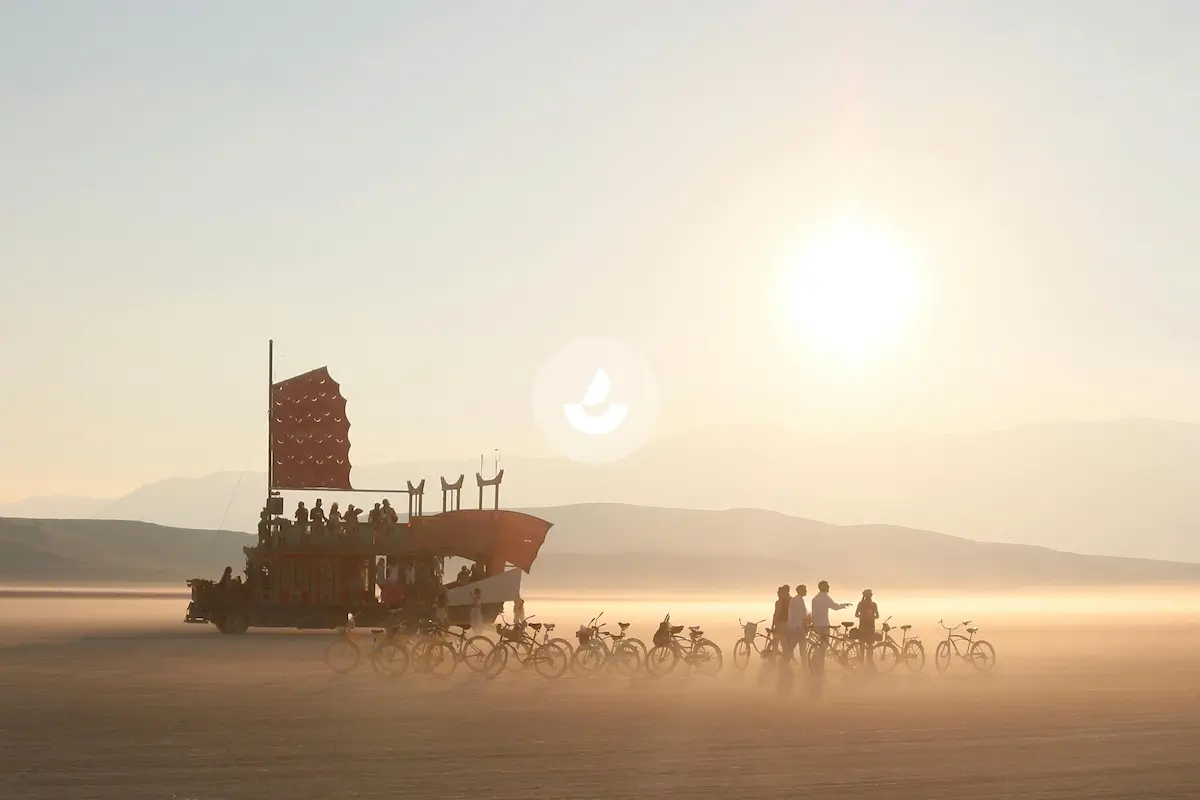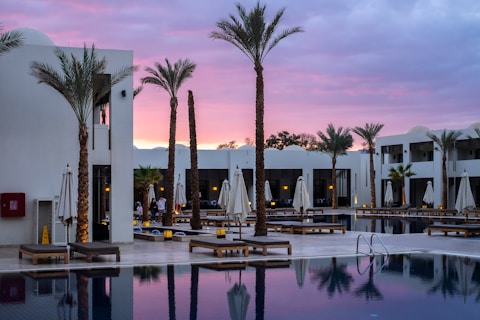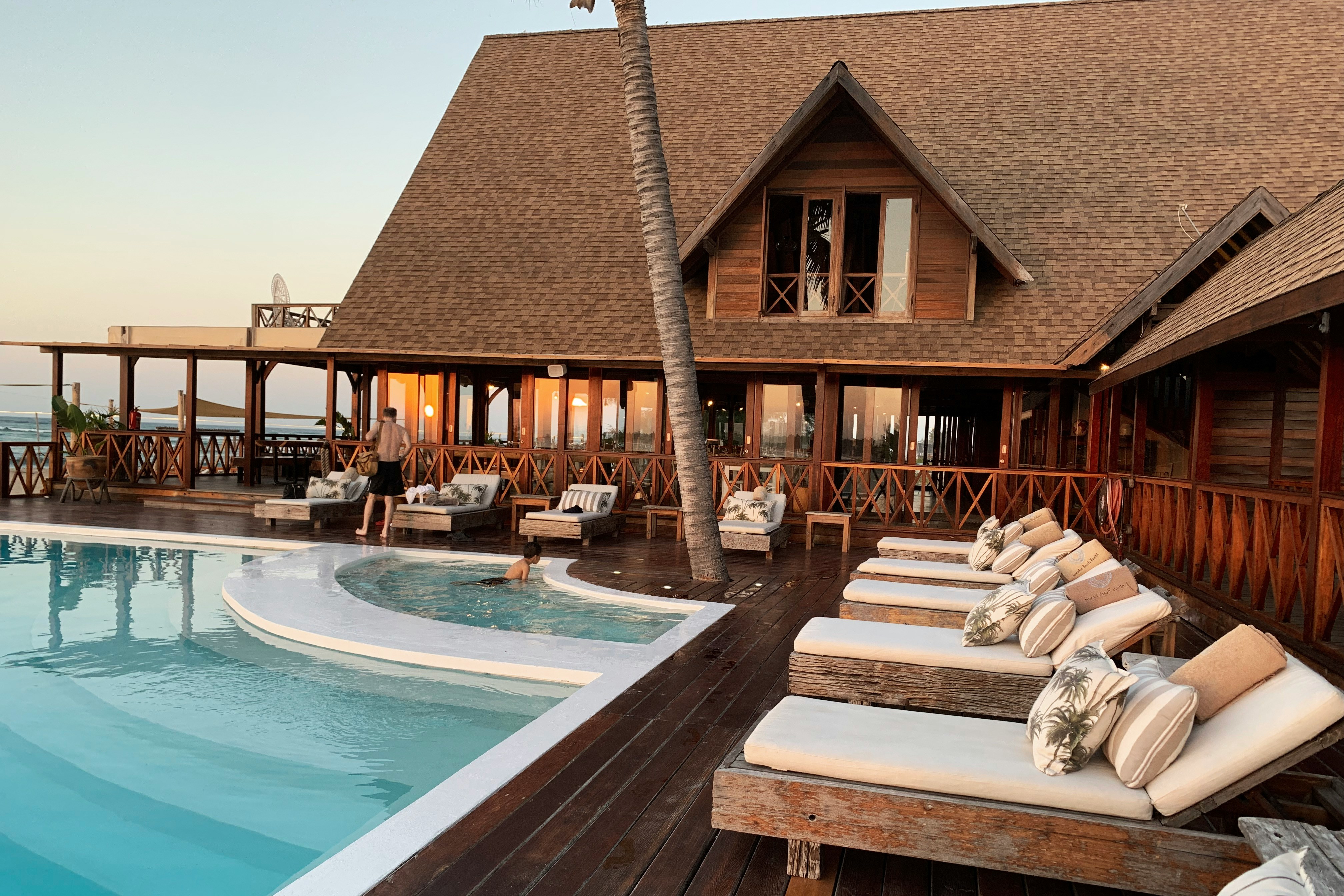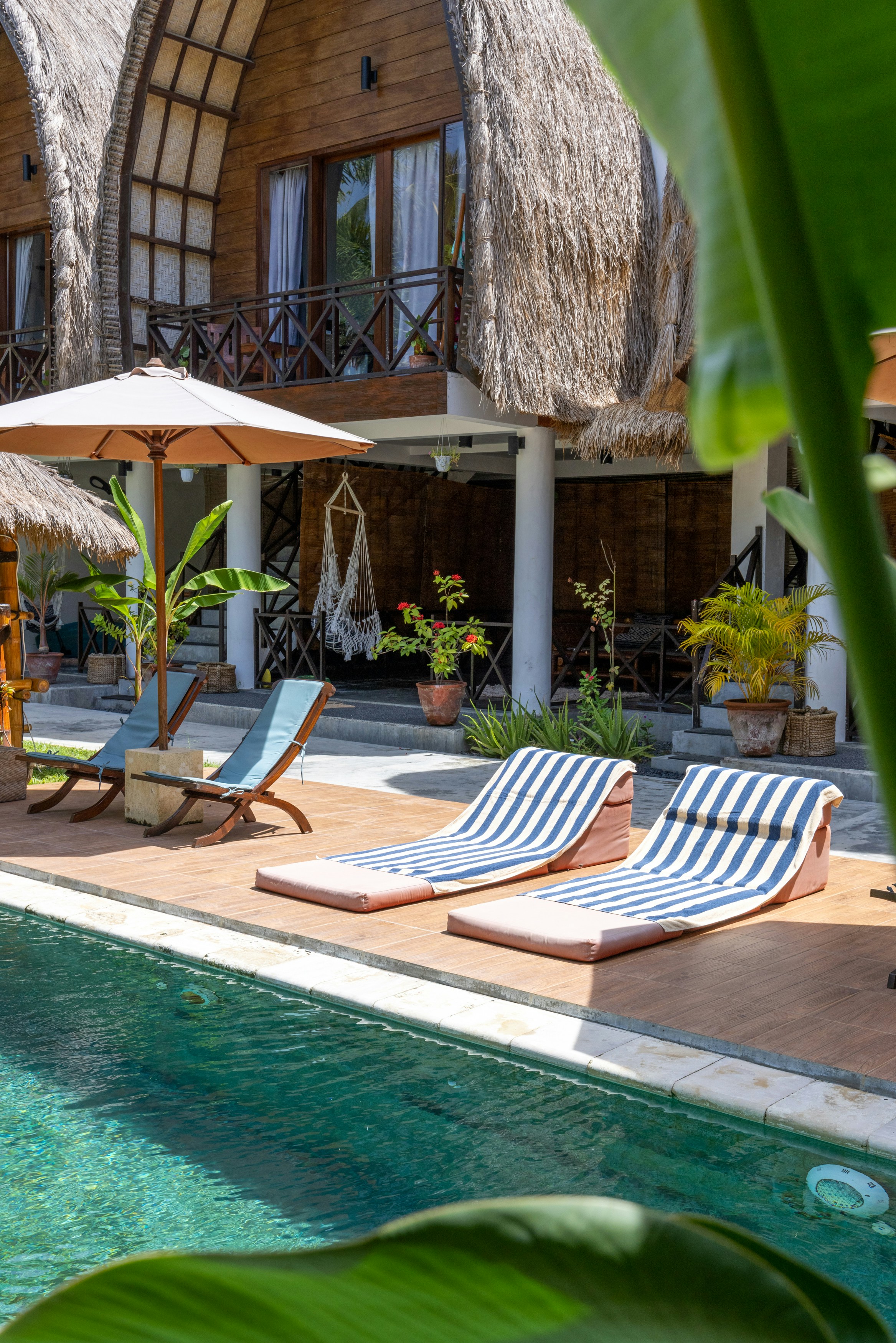SINHARAJA FOREST RESERVE SRI LANKA
Sinharaja Forest Reserve meaning ‘Lion Kingdom’ is the best known Rain Forest in the country and has been identified as important biodiversity hotspot. The Park was originally declared a forest reserve in 1875 and due to its international importance it was designated as a Biosphere Reserve in 1978 and a World Heritage site by UNESCO in 1988.
It is situated 172.1 km from Colombo via the Southern Expressway and is accessible from any of its three entrances; Pitadeniya, Kudawa and Morning Side. The vegetation at Sinharaja is that of a tropical wet evergreen forest with large trees that grow to heights of 35m to 40m and even going up to 50m, believed to have unbelievable genetic potential, waiting to be tapped. Some families of Dipterocarpaceae show an endemism of over 90%, of the 211 woody trees and lianas, 66% or 139 of them are endemic to the forest reserve. The lower plants such as Ferns and epiphytes of the 25 endemic species 13 have been recorded within Sinharaja itself.
The secondary forest type is mainly made up of minor forest and scrub brought about by human activity. The forest reserve benefits from both monsoon rainfalls - the south-west between May-July and north-east between November-January each year. The average temperature recorded is between 18-27 degrees centigrade, with February being the only dry month experienced in the park.
The forest reserve recognized as a living heritage, though relatively smaller than other National Parks, it extends over an area of 11,187 hectares, bordering the three districts of Galle, Matara and Ratnapura. The forest reserve receives an annual rainfall of 3000-6000 mm throughout the year. Two important rivers; namely the Gin and Kalu Ganga (Rivers) and many other waterways are fed and nourished by the waters that flow from thisverdent forest reserve. The forest cover is denser than other dry zone parks making it more secure for the wildlife yet making it a little harder for visitors to take a glimpse of the larger mammals such as the Leopard and Elephants.
This tropical rain forest believed to be home for almost 50% of Sri Lanka’s endemic wildlife draws thousands of visitors wanting to explore and experience this natural wonder that is rich in endemism; an inevitable treasure trove bursting with various species of flora and fauna.
The high diversity of vegetation within the reserve has made it a favorable sanctuary for various species of birds, mammals, reptiles, insects, fish, amphibians and plant life; all co-existing within the ecosystem.
The larger mammals are the Elephants (only few seen on the Rakwana side) Leopard, Sambar, Fishing Cat, Rusty Spotted Cat, Barking deer, Mouse deer, Jackal and Wild boar and the commonly seen endemic Purple-faced langur and the Toque macaque, a reddish brown monkey. The smaller mammals include, Porcupine, Otter, three types of squirrels; Giant, Small striped and Flying, two species of Mongoose- the Badger and Brown, two species of Civets; Ring-tailed and Golden Palm, many species of Bandicoot, Rats, Bats and even the very rare Pangolin. Some of the reptiles are Python, Green pit viper, the Hump-nosed viper and Rough-nosed horned lizard. It is known that 50% of the endemic amphibian species of the country are found in Sinharaja; this includes Greater hour-glass tree frog, Wrinkled frog, Reed frog and the Torrent toad.
Sinharaja has recorded over 154 species of birds and is known to have a ‘mixed-species feeding flocks’ or informally called a ‘bird wave’ where two or more species feed and move together. This unique sight witnessed at Sinharaja sometimes consists of flocks containing 30-50 birds of various species sometimes 10-12 species, erupting in various bird sounds as they feed and move within a short time. Taking lead in this exercise is the Orange-billed babbler and the Crested drongo.






